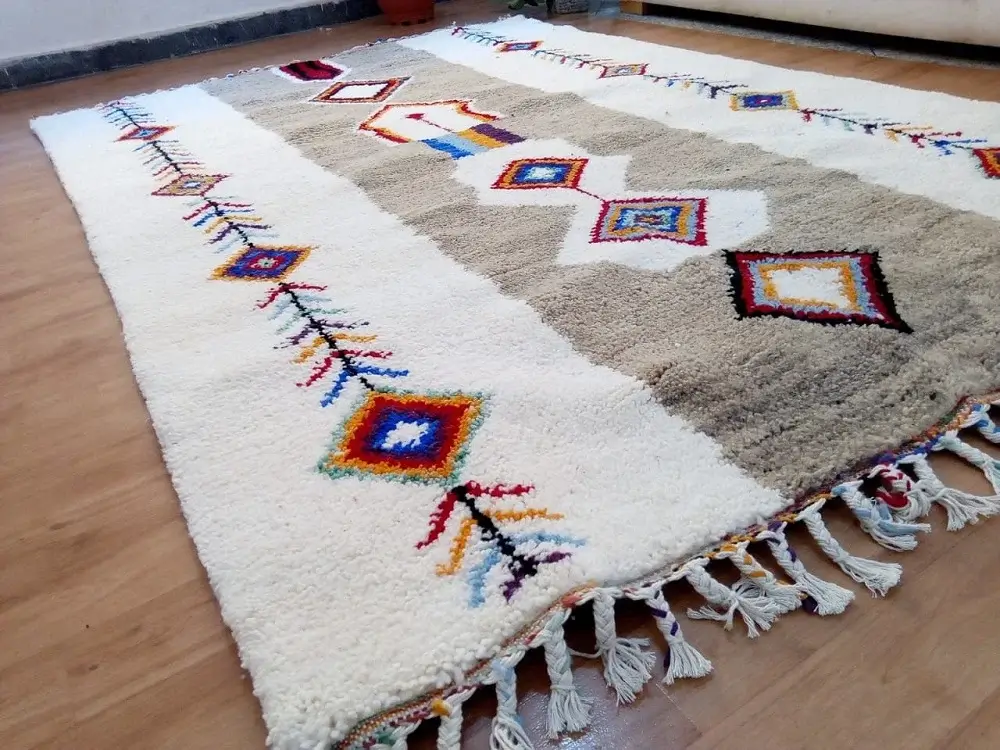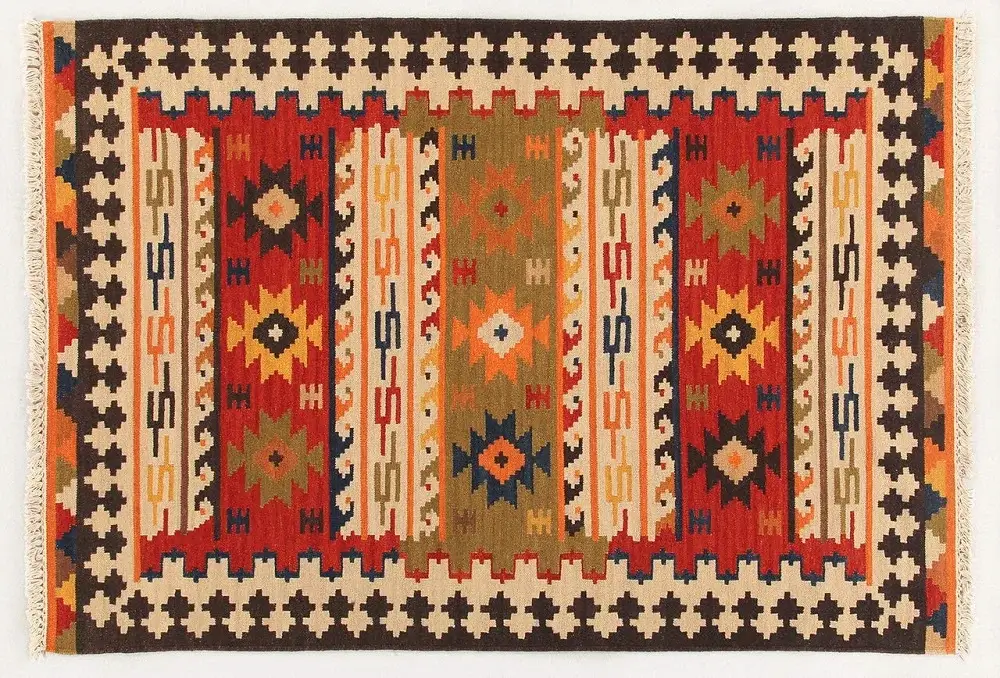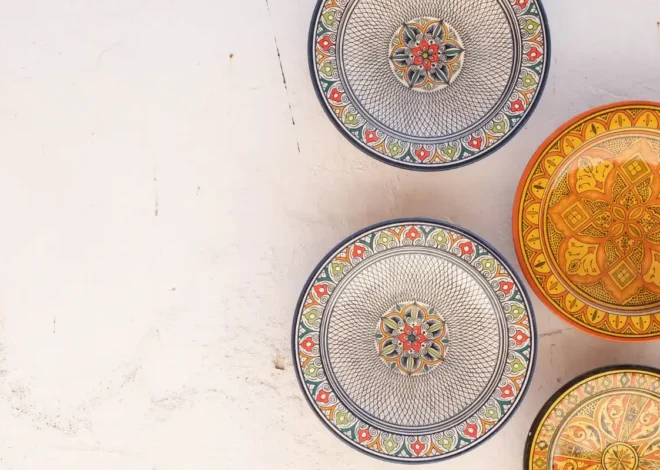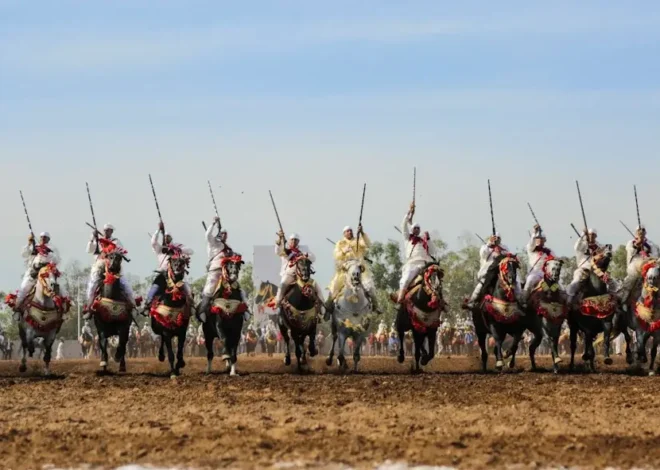
Moroccan Rugs: Discover the Timeless Beauty of Moroccan carpet
Moroccan rugs are not merely floor coverings; they are artistic expressions that embody the vibrant history and culture of Morocco. Renowned for their quality, durability, and versatility, these rugs can bring warmth, comfort, and style to any room in your home. We will go into the fascinating world of the Moroccan rug in this post. We will also cover their history, kinds, and how to choose the best one for your room.
The History of Moroccan Rugs
It’s important to note that Moroccan rugs have a history that dates back to thousands of years. It also has a very interesting story behind it. These rugs for the first time appeared earlier in the Phoenicians era. This art of weaving was adopted from the latter by the Berbers. The Berbers nevertheless adapted this craft to reflect their own culture and environment and designs that were produced are still treasured up to this day.
Types of Moroccan Rugs
There are several types of Moroccan rugs, each with its own distinct style and characteristics:
Mostly known
- Beni Ourain Rugs: The pure sheep wool is used to make these rugs. What is remarkable, these are usually plain with simple geometric patterns and subdued colours. They are very fluffy and comfortable and can therefore refurnish most contemporary homes.
- Azilal Rugs: Such rugs are made in the high Atlas Mountains. They are most popular because of their bright colors and geometrical designs. They are unique hand woven by Berber women and each rug has its own unique narrative rooted from ancient history.
- Boucherouite Rugs: These are called ‘rag rugs’, which serve as floor mats made out of recycled fabrics and materials. Their design and appearance that look more like modern art than otherwise; while at the same time, the patchwork finish has been a traditional feature from past eras right into the present.
- Kilim Rugs: Unlike other rugs that are usually pile-shaped. Kilim rugs are flat-woven and do not have a pile making them light weight. Common uses for these rugs include floor coverings and wall hangings.
Other types
- Zanafi Rugs: The Azanafi rugs are ethnic rugs that are from the Azanafi region and though they incorporate black and white geometrical patterns in most of their products. Most often, these serve as showpieces.
- Taznakht Rugs: These rugs are a mix between Berber and Arab style with got patterns. Their vibrant colors set them apart and often act as focal points indoors.
- Rehamna Rugs: These rugs are made in the region of Rehamna and are usually deep red in colour and have simple geometric patterns.
- Boujad Rugs: The main characteristic of these rugs is that they are colorful and have nonfigurative patterns. Their color panel can include pinks, oranges and reds.
- Mrirt Rugs: The designs of these rugs come from the Middle Atlas Mountains. Their rich pile and superior wool characterize them.
- Hanbel Rugs: Flat woven rugs are low profile and many of them have elaborate and colorful designs. That characteristic qualify them for use in several areas of the house.
- Ourika Rugs: These rugs are characterized by bright colours and joyous designs named after the Ourika Valley. Their primary applications are as decorative carpets or in children’s rooms.
- Tiflet Rugs: Combining traditional and futuristic motifs is what makes these carpets unique. They mostly depict geometric and abstract shapes.
- Beni Mguild Rugs: Typically, these carpets have substantial piles and deep, rich colors, making them ideal for colder settings. It has various designs such as patterned designs and they are normally very hardy.
Berber rugs
A rather wide category which comprises a great number of the types mentioned above. The handmade nature of Berber carpets, together with their use of natural dyes and designs, define them. They normally have motifs that depict the life of the weaver as well as that of the community that they belong to.








The Craftsmanship Behind Moroccan Rugs
The Moroccan rugs development process adopts complex weave work that has been inherited over the generations. Every Moroccan rug carpet entails hand weaving acquiring a certain style in a process that takes weeks or even months. The weavers have applied natural dyes which are from plants, minerals and or insects to produce the kind of coloration seen in the above rugs. This further guarantees that each Moroccan rug features as a one of a kind rug and designed to this high standard.
Symbolism and Patterns
Moroccan rugs are very symbolic, where almost every design depicted on the face of the rug has a meaning associated to it. Common symbols include:
- Diamonds: Refer to protection and chase away evils spirits.
- Triangles: Some of these artifacts symbolise fertility and womanhood.
- Crosses: suggest a balance between big and small, light and dark, interior and exterior.
- Zigzags: Illustrate the different aspects of water with reference to water as a flow of life.
Knowledge of these symbols may enrich the perception of the viewer and connoisseur of Moroccan carpets and rugs’ artistic and ethnographical values.
Picking the Correct Moroccan Rug
When selecting a Moroccan rug for your home, consider the following factors:
- Size and Shape: Make sure that it fits the area you have set out for it, and blends well with the placement of your furniture.
- Color and Pattern: Select from the range of colors and patterns that will be appropriate for your home décor and your personality.
- Material: Original Moroccan rugs use natural products from the material used in making the rugs including wool, cotton or silk. Check the material to ensure quality and durability.
- Authenticity: Search for beautifully hand-woven patterns and natural dyeing process because they are the hallmarks of originality.
Caring for Your Moroccan Rug
The Moroccan rug needs care and attention to restore or to maintain it so that it will look like a new rug again. To maintain the beauty and longevity of your Moroccan rug, follow these care tips:
- Regular Cleaning: It also important to vacuum the rug regularly in direction of its pattern to reduce grit accumulation. Do not apply detergents, since they harm the fibers.
- Spot Cleaning: You can clean spills and stains using a mild detergent. Also one must dab on the affected area with a clean cloth.
- Professional Cleaning: You may also consider getting professional cleaning of the rug every few years in order to maintain it in good shape.
Ways On How To Successfully Integrate Moroccan Rugs Into Your Home Design
Moroccan rugs can enhance various areas of your home:Moroccan rugs can enhance various areas of your home:
- Living Room: Using the Beni Ourain rug, one should be able to place it under the coffee table and thus make the place everyone will want to get into look even more inviting.
- Bedroom: You can place the Azilal rug at the foot of your bed and acted as your focus piece for its colors and textures.
- Dining Room: Choosing the right colour and design of a Kilim rug can enhance the class and style of your dining area.
- Hallway: You’ll be able to brighten up any hallway with a Boucherouite rug and bring character into your home.
Moroccan Rug Carpet: Where to Buy it
Shopping for Moroccan rugs may be a fun experience whether you are wandering around the bazaars of Morocco or browsing through the internet. If you are in Morocco it will be easier for you to get Moroccan rugs and carpets because the cities such as Marrakech, Fez and Rabat contain many souks. Stands selling carpets from brands like Beni Ourain, Azilal, and others line the souks. It is customary to haggle for price hence you should not be afraid to negotiate.
Well, if you are comfortable with online purchase then there are several Stores where you can buy genuine Moroccan rugs. There is a broad range of Moroccan rugs for sale in the online marketplaces like Etsy. It is possible to look through many hand-made Moroccan rugs at a time and choose the most suitable for you.
Websites like GoodsOfMorocco.com and Rugs.com offer large selections of Moroccan rugs as well. They also offer some Moroccan rug sales and free shipping. If deciding to purchase a good rug in a physical store or an online store then make sure that the rug is original and of good quality.
The social impact of Moroccan rug
Evaluating the art of Moroccan rug making, it becomes clear that such craft has a powerful effect to rural women and the societies of that country. Thus, while rug weaving may remain a tradition for many women, from all over the countries, those living in the remote villages depend on the craft monetarily. This craft also makes them financially productive and independent hence helping them to support their families. Also, it enhances pride and cultural identity as the knowledge and skills handed down from generation to generation. The profits from the sale of these rugs provide funds to local communities to underwrite basic needs such as education, health care and other community related needs. In conclusion, rug weaving has a positive impact on the social and economic life of rural villages by contributing to the cultural and sustainable growth of a nation.
Moroccan rugs are one of the best investments and perfect home decoration since they come with elegance, tradition, and quality. No matter whether you opt for a Beni Ourain, Azilal, Boucherouite or a Kilim rug, you’ll be able to introduce the Moroccan chic into your interior. Discover the rich area of Moroccan carpets and rugs and get the one that represents you.



